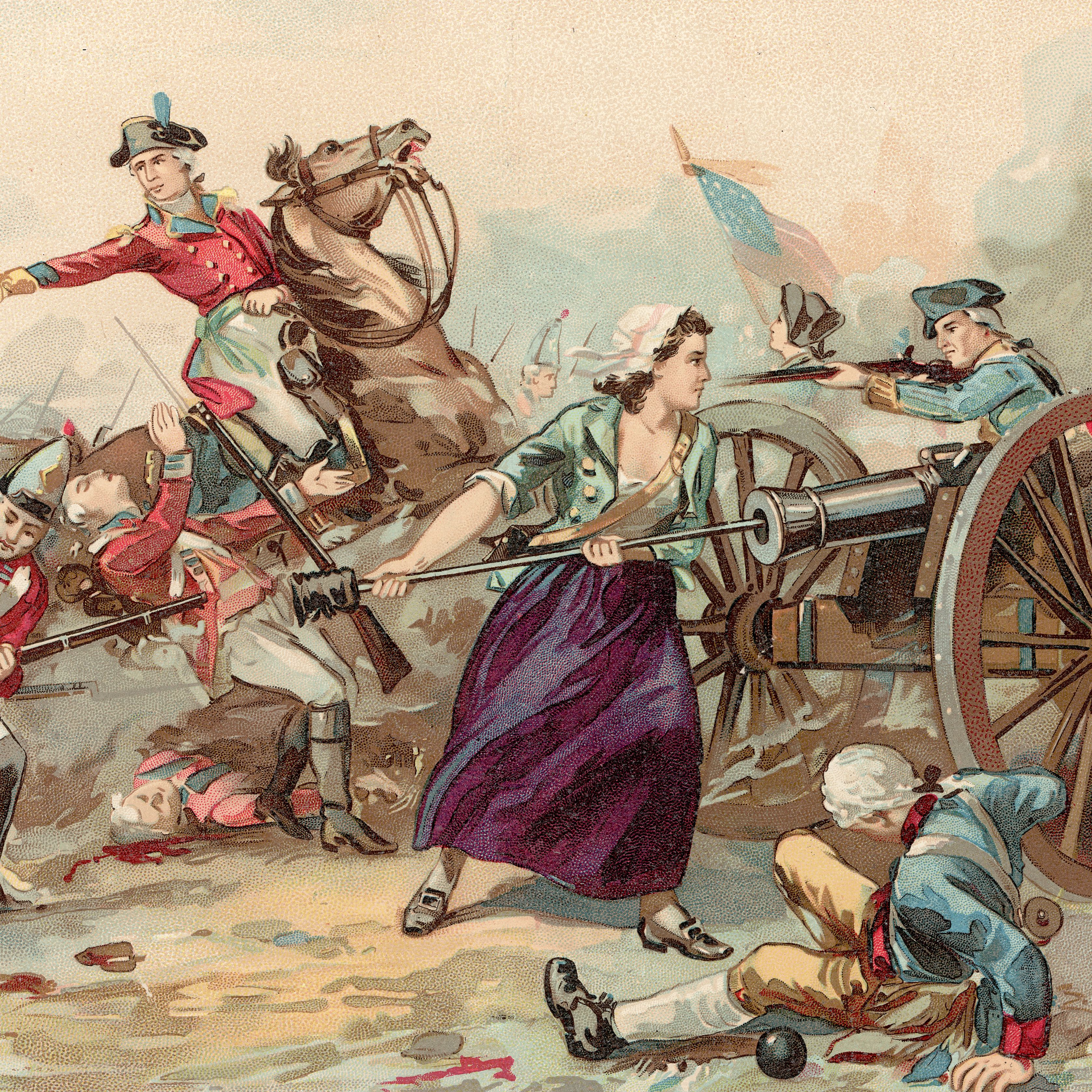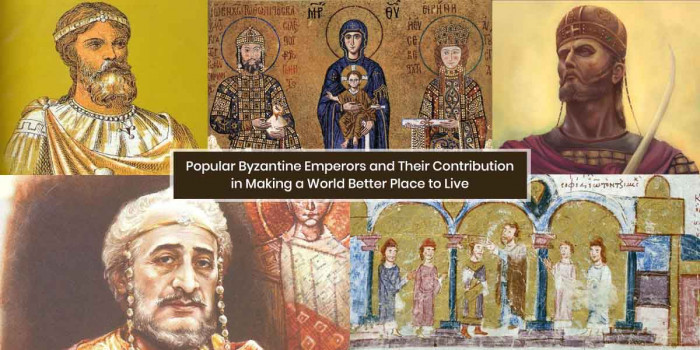12 Facts That You Might Have Missed Reading About the Revolutionary War
History is full of interesting events. While some were shocking, others are remembered for their unusual facts. Read amazing facts about the American Revolutionary War and its impact.

The American Revolutionary War, or referred to as the American War of Independence, was initiated by delegates from the American colonies in Congress against Great Britain over their objection to Parliament’s taxation policies.
The fight began in 1775 when the British garrison at Boston was harassed by Massachusetts at Lexington and Concord after destroying colonial assembly powder stores. In June, the Patriots sent their Olive Branch Petition to the parliament.
In return, they invaded British Quebec but were repulsed. In 1776, Congress passed the Declaration of Independence. However, the British commander-in-chief, Sir William Howe, launched a counter-offensive and captured New York City.
French Foreign Minister Vergennes saw the war like it would create an America economically and dependent on France, not Britain. The talks on formal alliance began later and proceeded slowly until Patriot victory at Saratoga in October 1777.
On the other side of North America, the governor of Spanish Louisiana routed British forces from Louisiana. After capturing Savannah, defeats at the Battle of Kings Mountain and the Battle of Cowpens forced Cornwallis to retreat to Yorktown. Later, the North Ministry was replaced by the 2nd Marquess of Rockingham, who accepted office and agreed to American Independence.
Thousands of African Americans participated in the war. The majority of them were enslaved who promised their freedom at the end of the war. The men served in the navy and other roles like artisans and cooks. Let us know more about the Revolutionary War and its facts that are not mentioned in the history books.
Cause of Revolutionary War

The French and Indian war brought several territories under the power of the crown. The attempts by the British government to raise revenue by taxing the colonies met with protest among many colonists and demanded the same rights as other British subjects.
Also, when British soldiers started firing on a group of colonists, it killed five men. After December, when a band of Bostonians dressed as Mohawk Indians dumped 342 chests of tea into Boston Harbour during the Boston Tea Party, an outraged Parliament passed measures designed to reassert imperial authority in Massachusetts.
In 1775, the British troops marched from Boston to Massachusetts to seize an arms cache. On April 19, local militiamen clashed with British soldiers in the Battle of Lexington and Concord in Massachusetts and marked the shot heard round the world that started the Revolutionary War.
Facts You Might Not Know About Revolutionary War

1. Christopher Ludwick Was Appointed as the Director of Baking By Congress
The greatest challenge during the Revolutionary War was managing supplies like food to troops. During winter, the food for the army was reduced to one pound of meat per day, three pins of vegetables, a pint of milk, and a small amount of molasses.
At that time, Christopher Ludwick, a German baker, donated his services and was elected as the Director of Baking by Congress. He gave 135 pounds of bread per 100 pounds of flour and promised to deliver the same for the next five years. He also managed the delivery of bread to the soldiers and built his ovens.
2. The War Began before Signing of the Declaration of Independence
It is believed that the American War of Independence, or Revolutionary War, began with the signing of the declaration of Independence. But it started one year before, on 19th April 1775, with the Battles of Lexington and Concord.
On 18th April 1775, the colonists got to know the British troops had planned to march into Concord to seize an arms cache. The colonists lost the battle but proved that they could fight. The colonists officially declared independence in the summer of 1776.
3. Women Fought in the Revolutionary War
Women have contributed to the armed forces for the army in 1775. During the war, there were the thoughts of keeping laundresses, cooks, and nurses.
It is believed that a local Setauket woman, Anna Smith Strong, with connections to the Culper Spy ring (an American Revolutionary War Ring), participated in the intelligence activities. She used her clothes to communicate messages between members of the spy ring.
4. The Ring Revealed Several Secrets

During the war, George Washington needed information about the plans of British troops stationed there. But efforts went in vain. Tallmadge recruited a group of men and women from his hometown, which later became known as the Culper Spy Ring. Their task was to provide information on British Army operations in New York.
The members operated in Long Island and Connecticut. The information includes the attack details on the newly arrived French forces under Lieutenant-General Rochambeau at New port.
The group uncovered the key British troop movements and discovered the plans about newly arrived troops in Rhode Island.
5. George Washington Had Limited Military Experience
On June 14, 1775, the Second Continental Congress appointed George Washington as Commander of the Continental Army. With his leadership and experience, Washington was the revolutionaries’ perfect choice for the role. However, Washington has less experience in comparison to British rivals.
According to the biography,
“He wasn’t trained in the open-field style of battle practiced by the commanding British generals. He had no practical experience maneuvering large formations of infantry, commanding cavalry or artillery, or maintaining the flow of supplies for thousands of men in the field.”
However, he proved to be a capable leader and kept the continental army together throughout the war.
6. Washington Demanded the Continental Army to be Immunized Against Smallpox
Earlier, an improper dosage of medicines was the major cause of the disease in the war. During the war, Washington demanded the entire Continental army to be immunized against smallpox. According to Mount Vernon’s scholarship, the death of smallpox decreased from 15% of deaths to 1% of deaths after troops were immunized.
7. Over 6500 Soldiers were Killed in Action
During the war, over 6800 Americans were killed, 6100 wounded, and nearly 20,000 were jailed. People believed that nearly 17000 deaths were the result of the disease. The total number of casualties, including deaths and injuries, remained missing.
8. Congress Established the Continental Navy on 13th October 1775

When Congress learned British fleets were ready to support British war efforts, they organized the Continental Navy. The Navy attacked British merchant ships and defeated British warships. When the colonists won their independence, the Continental Navy was dissolved.
Later, with George Washington's support, three frigates were built. As the tensions between America and France increased, the establishing department of the Navy was signed by John Adams in 1798.
9. Mary Ludwig Replaced her Injured Husband At His Cannon During the Battle of Monmouth
Mary Ludwig Hays was a woman who fought in the Revolutionary War at the Battle of Monmouth. She was born in New Jersey, British America. She never went to school or learned anything, as education was uncommon during that time.
During the battle, her husband collapsed. She took his place at the canon and continued to swab and load the cannon using her husband’s ramrod. She was given a nickname, Molly Pitcher. It is a collective generic term and serves as the label for thousands of women and served not only as ammunition wives but also in the army and colonial militia.
10. Significant Numbers of White Americans Remained Loyal to the British Crown
Many of the White Americans supported resistance to the claims of the British parliament to tax the colonies, but they couldn’t reject a link with the British crown. Some loyalists took arms on the British side and migrated to Canada at the end of the war.
11. The French Government Helped the American Rebels
After the fighting started, the French Government decided to support the Americans. The rebels received French arms & ammunition and other important supplies, which continued throughout the war.
12. The Spanish and Dutch Joined the War in 1779 and 1780
The support of the French Government was enough for the British, but it became difficult when the Spanish entered the war as French allies in 1779. In 1779, a Franco-Spanish armada controlled the Channel. By the end of 1780, the Dutch also joined the conflict. They threatened the Britishers and extended the geographical range of war.
Final Words
The American War of Independence began when the representatives from the North American colonies of Great Britain sought autonomy with the British Empire.
Do you know more facts about the Revolutionary War? If yes, then share them with us.
Popular Posts
Top 10 Sharpest & Deadliest Swords In History
In classic mythological movies, books and television, we’ve seen those audacious sword-wielding heroes smiting the enemi...
Augustus Perez
List of Water Deities from Different Mythologies
Water deities are the gods and goddesses who had the powers to control the elements of water and ruled over all the fresh and saltwater of the earth. Here’s a list of water deities from different mythologies.
Rishika Gupta
Winged Lion: The Terrifying Mythical Creature In Different Mythologies
A mythological creature, a winged lion dates back to ancient times. This flying lion-like creature has origins in Heraldry, Christianity, Mesopotamian, and Greek mythologies.
Ethan Stephans








